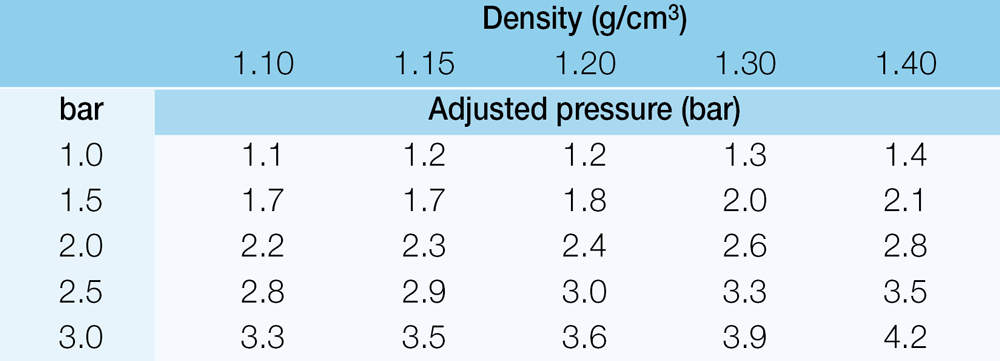Cleaning of nozzles
An even distribution across your boom is critical to the performance of the product you are applying. Dirty and/or blocked nozzles are the most frequently reported problem affecting distribution. Cleaning nozzles is best done using water and a soft brush such as a toothbrush. Never use tools like screwdrivers or nails - they will certainly damage the nozzle and its ability to evenly distribute the sprayed liquid.
A soft brush for nozzle cleaning is included as a part of the HARDI calibration set (818492).
When did you last check the output from your nozzles?
- After every week of spraying, check minimum 2 nozzles per boom section
- If the flow from one or more of these nozzles has increased more than 15% compared to a new nozzle, change all nozzles.
Water sensitive paper
An important tool to check the spray quality and deposition in the field. Buy it at your HARDI dealer.
Liquid fertiliser
Liquid fertilisers may be of a higher liquid density than water and almost all normal spray solutions. The density correction table below states the increased pressure that will be needed to reach the required output with such liquids.
Example:
The nozzle has an output of 2.03 l/min at 3 bar. If the density of the liquid fertiliser is 1.2 g/cm3 you have to multiply the calibration pressure – found when checking the nozzle flow with water – with the density factor. This gives an adjusted pressure of 3.6 bar. The value can be found in the table at 3 bar (calibrated pressure) and a density of 1.2 g/cm3.

Nozzle flow
If your water volume rate and spraying speed are known, use this table to identify the flow rate that will be required by the nozzle. The nozzle flow rate [litres/minute] selected from this table can be used together with the nozzle tables on the following pages to identify a suitable nozzle.
